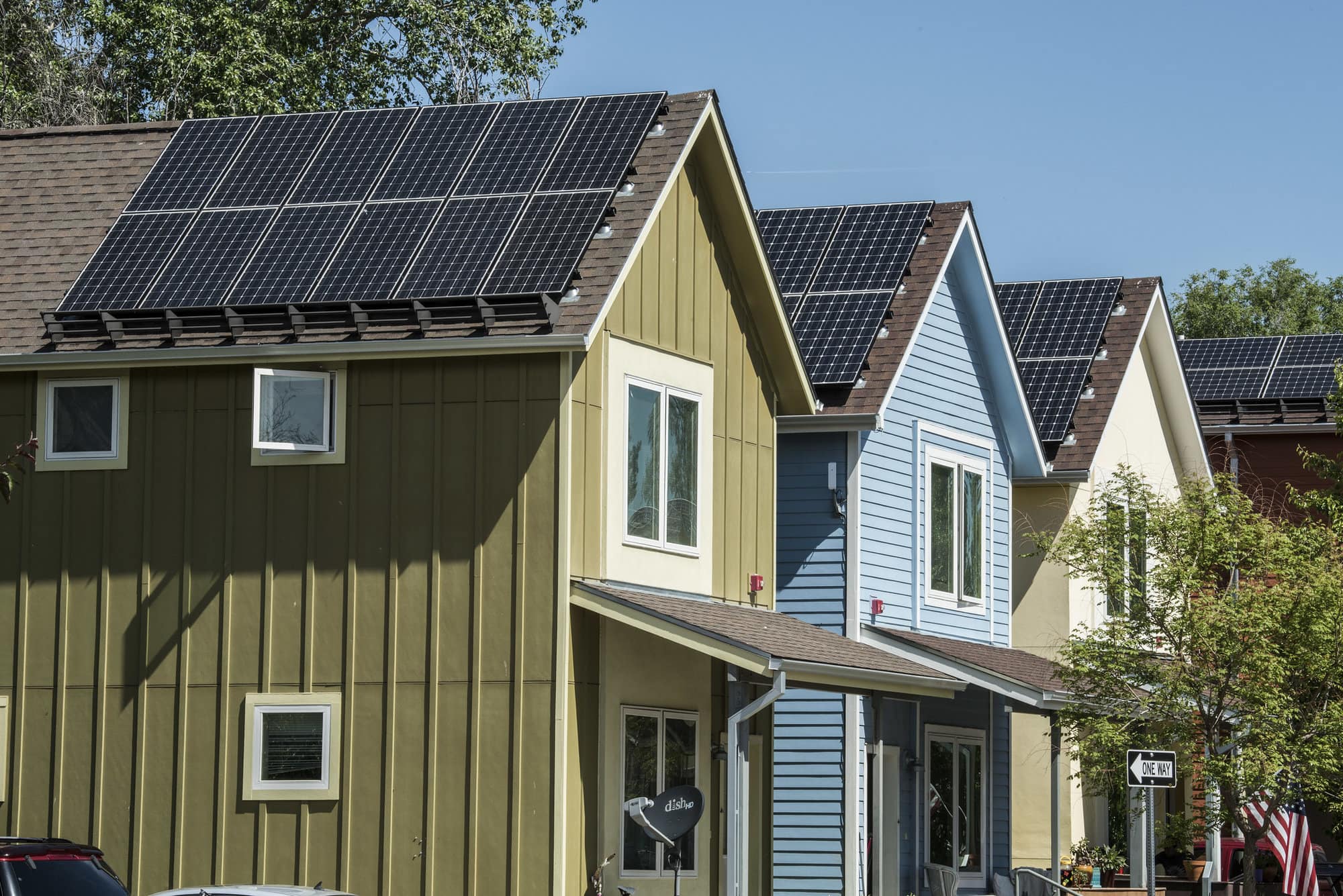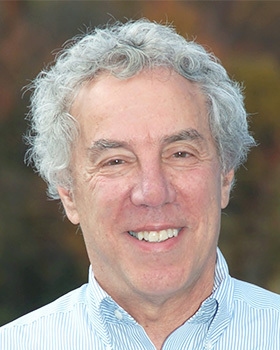Helping States Meet the Solar for All Challenge

Photo by Dennis Schroeder / NREL
The federal Inflation Reduction Act (IRA) has created the best ever opportunity to bring the advantages of solar to low-income households and disadvantaged communities. Up to now, residential and community solar installations have been financed and developed in ways that make it easy for households with above-average incomes to participate and benefit, but often leave lower-income households behind. New IRA tax credit provisions and the U.S. Environmental Protection Agency’s landmark Solar for All program make it possible to right this imbalance. Through Solar for All, states will become key partners, deploying federal dollars and administering programs for low-income solar. However, they face serious challenges to carrying out those roles effectively.
The Opportunity and the Challenges
The IRA provided EPA with $7 billion for the Solar for All program, which is one of three components of the Greenhouse Gas Reduction Fund. With a goal of “enabling millions of low-income households to access affordable, resilient, and clean solar energy,” EPA intends to make up to 60 awards ranging from $25 million to $400 million. Most awards will go to states and eligible territories, and 44 state governments plus DC and Puerto Rico have submitted notices of intent to apply. These awards will be transformational, allowing some states to launch low-income solar programs for the first time and other states to dramatically ramp up existing initiatives.
The application timeline is very tight. EPA revealed the details of the funding opportunity in June, with a deadline of September 26 for states’ completed applications. This compressed timeline indicates that Congress and EPA consider it an urgent priority to modify the solar market so that all segments of society are benefitting fully and equitably.
State governments, many without existing low-income solar programs and some with few staff in their energy agencies, are rushing to develop their applications to EPA because they understand the importance and uniqueness of the opportunity. This is in addition to their many existing programmatic responsibilities – not to mention other IRA grant opportunities.
But low-income households face many barriers to going solar, making it tricky to design new programs. Those households may not have cash for the upfront costs of a solar installation and may have difficulty qualifying for conventional financing. They may not have enough income to take advantage of traditional federal solar tax credits. Many of them are renters who do not control their rooftops. In addition, some solar developers shun working in low-income communities.
Although these barriers make a strong case for government intervention, poorly designed low-income solar programs run the risk of never achieving sufficient participation from their intended audience or of using federal funds inefficiently.
How CESA Is Helping States
The Clean Energy States Alliance (CESA), a national nonprofit, has been working for the past decade with states, community groups, and solar developers to develop low-income solar programs. Now we are putting that experience to work helping states across the country prepare for the Solar for All funding opportunity.
For several years, through the Scaling Up Solar for Under-Resourced Communities Project, funded in part by the U.S. Department of Energy (DOE), we have spread successful solar strategies to additional locations. Through the Solar with Justice Project, also funded in part by DOE, we have emphasized the importance of states partnering and supporting trusted community-based organizations in disadvantaged communities as an essential step towards successful low-income solar development.
To help states as they prepare to submit proposals to EPA, CESA has convened meetings, open to all states, where government officials can discuss their ideas, questions, and concerns. We have developed program templates for solar on single-family homes and for community solar, that states can adapt, modify, and include in their Solar for All proposals. We will soon release a template focused on multifamily affordable housing.
CESA’s work in support of states is neither funded nor sanctioned by EPA, though we believe it will prove useful to states as they prepare their Solar for All applications. It is made possible by a grant from the Energy Foundation and with financial support from CESA’s Member Organizations.
It’s Both a Sprint and a Marathon
States are sprinting to complete their Solar for All applications, but they will not be able to rest when they submit their proposals. Once EPA announces award decisions in the Spring of 2024, successful applicants will have only five years to launch programs, partner with organizations in disadvantaged communities, recruit program participants, and get solar projects developed. As they wait for notification of awards, states should get ready to hit the ground running if they receive funding.
CESA intends to continue to offer advice and assistance to states during the waiting period, as well as during the entire program implementation phase. We will provide opportunities for states to share their ideas, experiences, and lessons learned, so that they can problem solve collectively and implement low-income solar programs effectively.
If you want to learn more about CESA’s work on low-income solar and the Solar for All Program, write to CESA’s Project Director for Solar, Vero Bourg-Meyer at [email protected].
Published On
August 18, 2023

